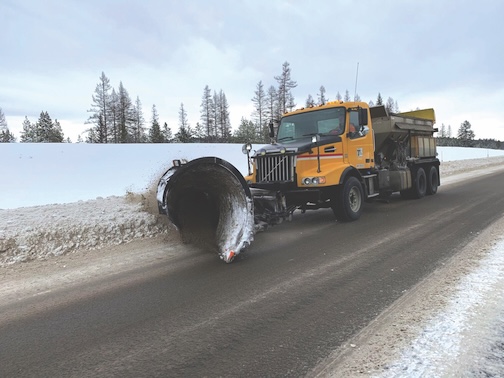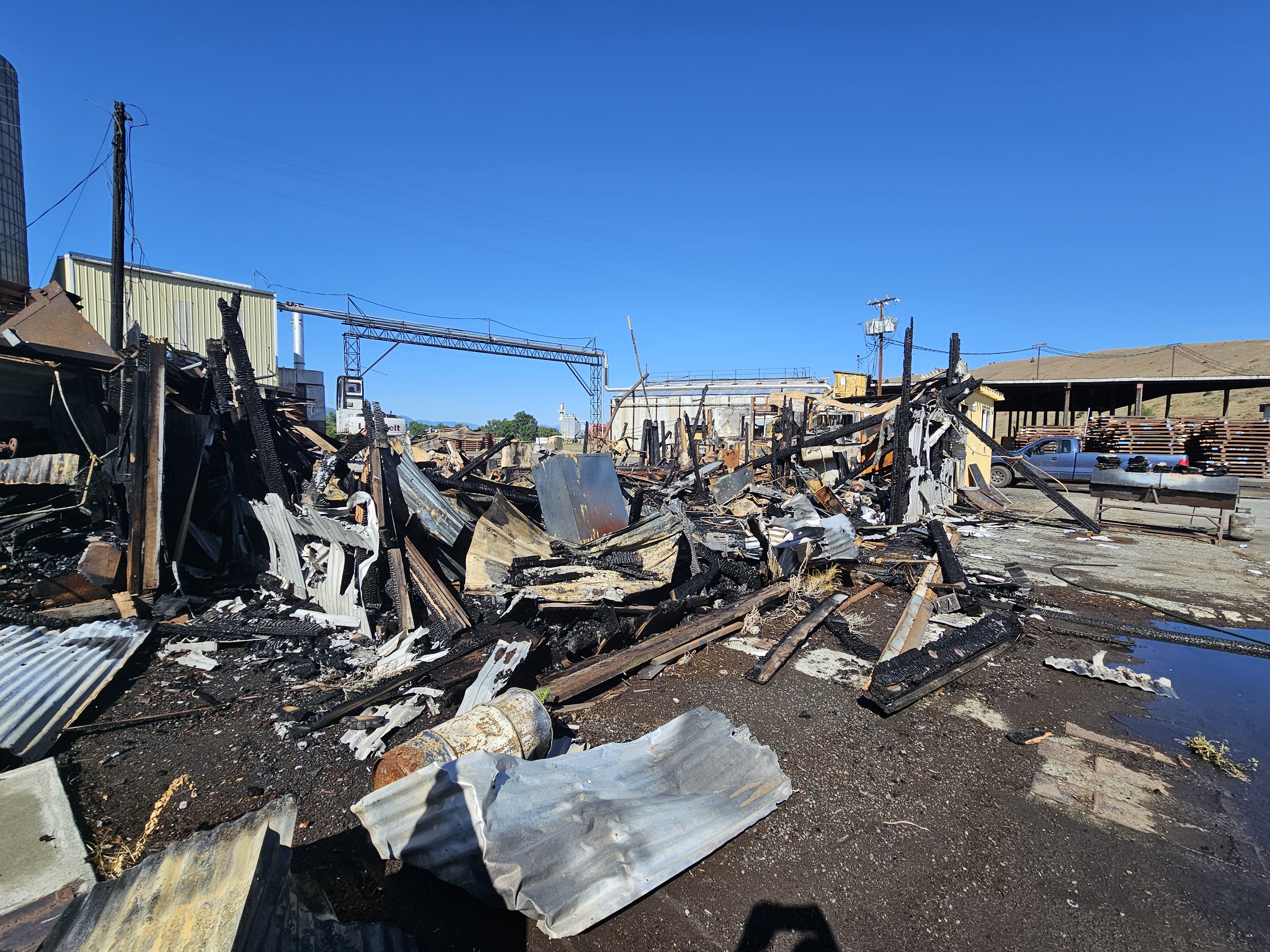County lauds Meadowbrook projects
Published 4:00 pm Tuesday, February 19, 2008

- County lauds Meadowbrook projects
CANYON CITY – The “Umatilla Model” of stewardship contracting to clean up public forests got an enthusiastic response from Grant County Court earlier this month.
Trending
Scott McDonald, fuels specialist with the Umatilla National Forest, outlined the process to the Court during its Feb. 6 session.
McDonald said he wanted the Court to see how the federal funds from the county were being used to benefit the forests – particularly in a project that just wrapped up for the season in the Meadowbrook area, near Ukiah. The work is among a list of projects that have received Title II money from Grant, Umatilla and Morrow counties in recent years.
Title II funds represent a small – about 20 percent – but important part of the budget for such work, McDonald said. The rest comes from the UNF budget.
Trending
“This program is like the bottom feeder,” he said, noting that it gets the money and resources left over when higher-priority forest work is done.
Still, he said, McDonald feels he’s been able to make progress with the resources available.
“I am changing the forest, changing the fire intensity, and putting people to work,” he said.
The approach to fuels reduction differs from that used elsewhere in the Forest Service. A key difference, McDonald said, is that he contracts with loggers to harvest the material, but the Forest retains ownership of the timber. He negotiates a separate contract with mills to take the material harvested.
“It’s a new concept,” he said. “We’re saying we’re going to pay you to log, but the logs aren’t going to be yours – we’ll sell them to the mills.”
The trade-off for contractors is consistent supply of work. They also don’t take on the risks associated with changing prices and market downturns.
The mills contract to take the material – mostly small wood for chipping, but some sawlogs as well – throughout the contract year, even in their down times. In return, they are assured a consistent supply of biomass materials.
For contractors, that system took a little getting used to, he said.
“We’re taking the worst trees and leaving the best trees,” he said. “It isn’t the traditional logging model.”
The projects take out a lot of woody biomass that contributes to fires, and no trees over 20 inches in diameter are cut, he said.
The contractors and the mills in his area were willing to give it a try, in part because they hadn’t “seen too many sticks come off the forest” in recent years, he said.
The process isn’t a money-maker for the forest. In fact, it’s a net loss in most cases. But the end result, he said, is a healthier forest.
The Umatilla Model had its roots in a trial project in 2002-03 that had good results. As the work continued, research suggested separating the service contract and sale contracts would be more beneficial for both government and the private industry.
For McDonald, the hope was that the new model would put people to work and also address the fire danger on his North Fork John Day River District.
He noted that successful fire suppression over the years had created “fuel loading of four to 10 times more fuel (30-80 tons/acre) than historic levels. At the same time, the district has had more than 100,000 acres burn in large, high-intensity wildfires, primarily in the last 20 years.
While foresters seek to clear out excess fuels, either mechanically or by prescribed burning, McDonald and others have been bothered by the way the dollars are spent.
“If you burn under Ponderosa pine, and it’s an open stand, it doesn’t cost you much and you can get a lot of acres done,” he said. “But have you really done anything?”
Commissioner Boyd Britton said the Forest Service’s own procedures tend to encourage treating “the cheap acres” – the easy ones, not the expensive ones that have greater fire hazard. He liked the new approach for its impact on hazardous acres.
“What you’re doing is commendable,” he said.
McDonald told the court that the current contracts entail:
? Ground-based removal of more than 25,400 tons of material over 866 acres, at a price of $938,730.
? Skyline removal of 5,115 tons over 205 acres, at a price of $460,880.
? Purchase of 1,081 log truck loads, for a sale price of $1 million.
The rate of return is about 72 percent, he said, and the projects employ an average of 20 people daily. The treatment cost averages $363 per acre.
The work includes the Meadowbrook project, which is penciling out better. The treatment cost is $101 per acre, and the final figure could be closer to $75 per acre, McDonald said.
The Meadowbrook contracts have produced more than 3,600 tons of material today, he said, at a total value of $131,789. Contractors are removing about 15 tons of material per acre over a 265-acre area.
In the spring, McDonald expects to see new contracts awarded for similar projects in Granite area and more work in Meadowbrook and other areas. In all, 4,000 to 5,000 acres could be cleaned up over three years.
“These projects are fully approved, decisions signed, and just need funding to get going,” he said.









